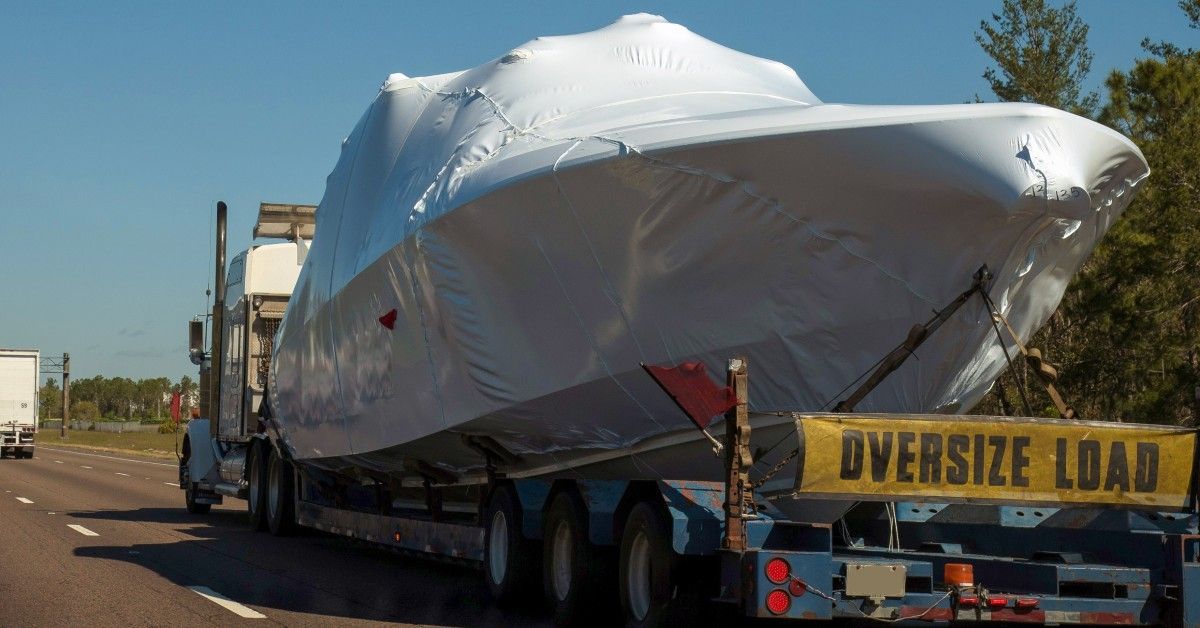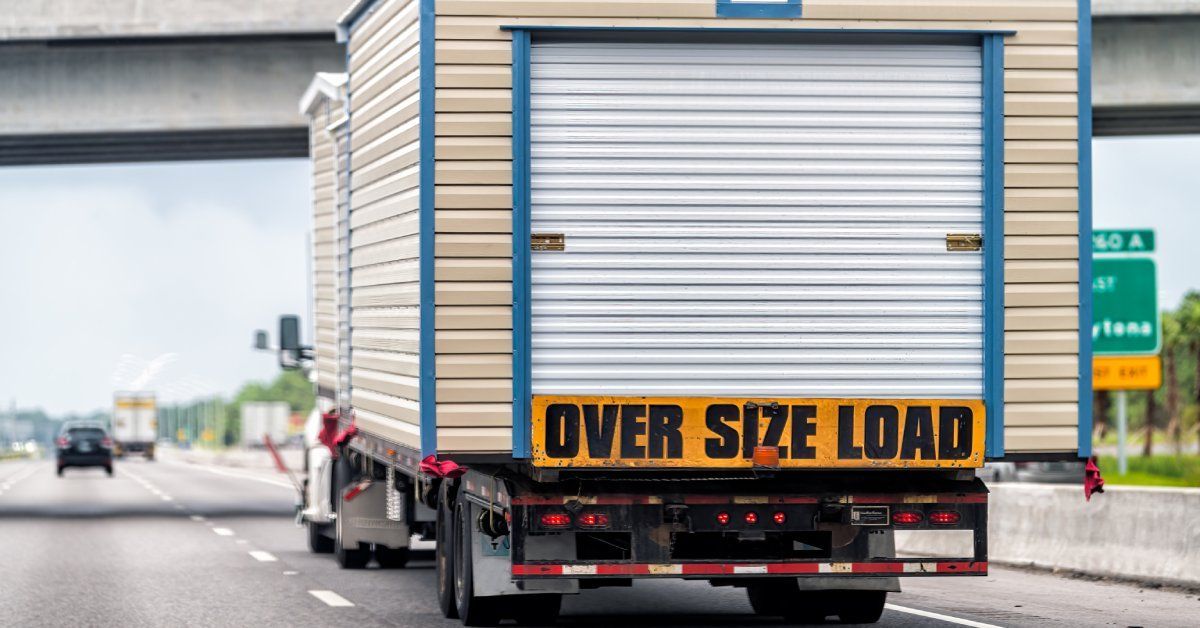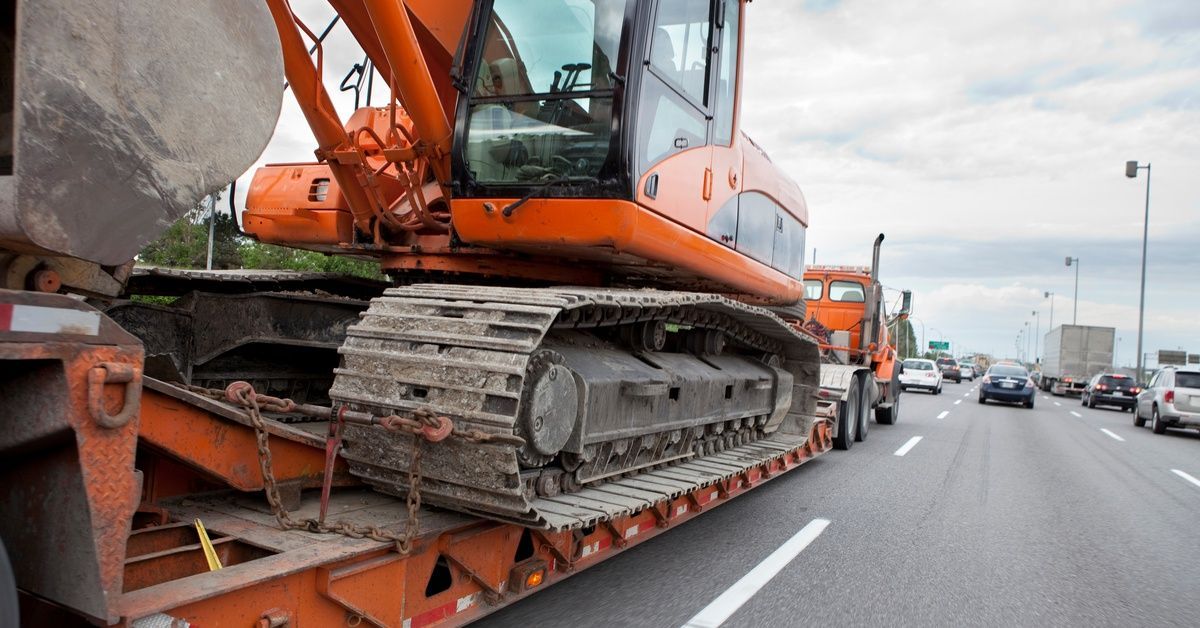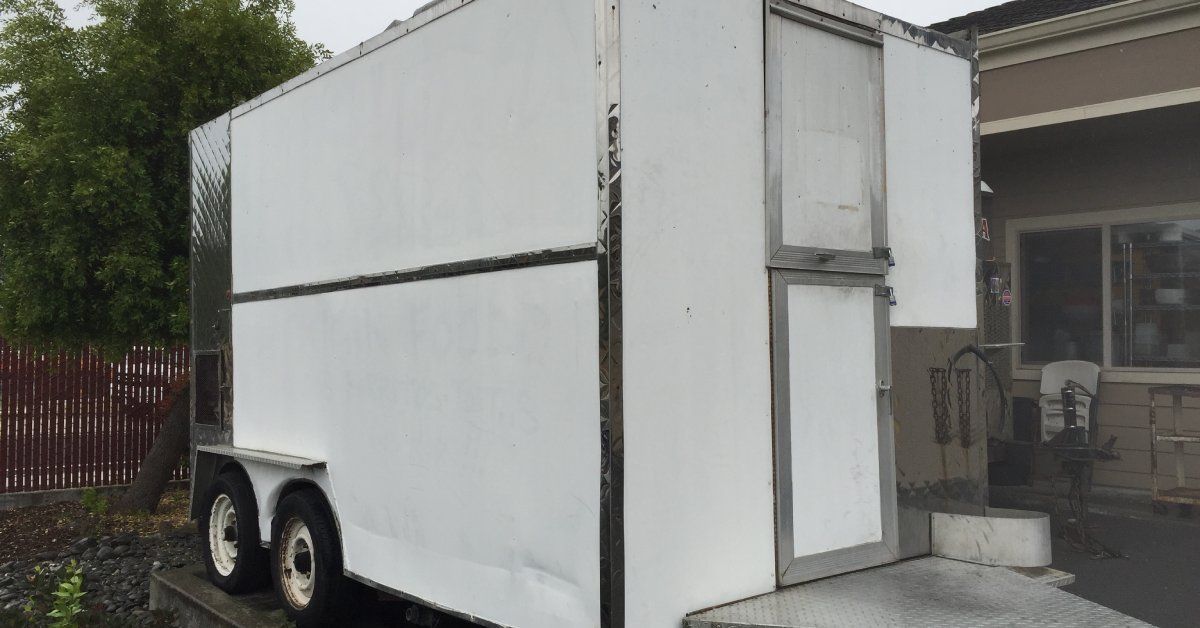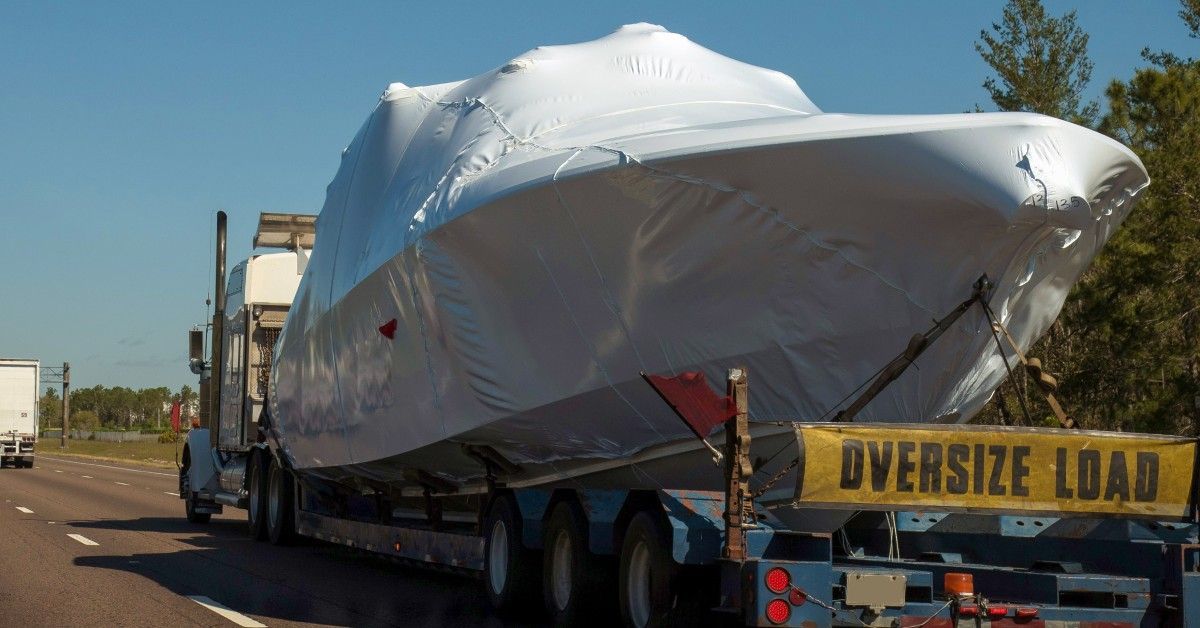6 Difficulties With Shipping a Semitruck
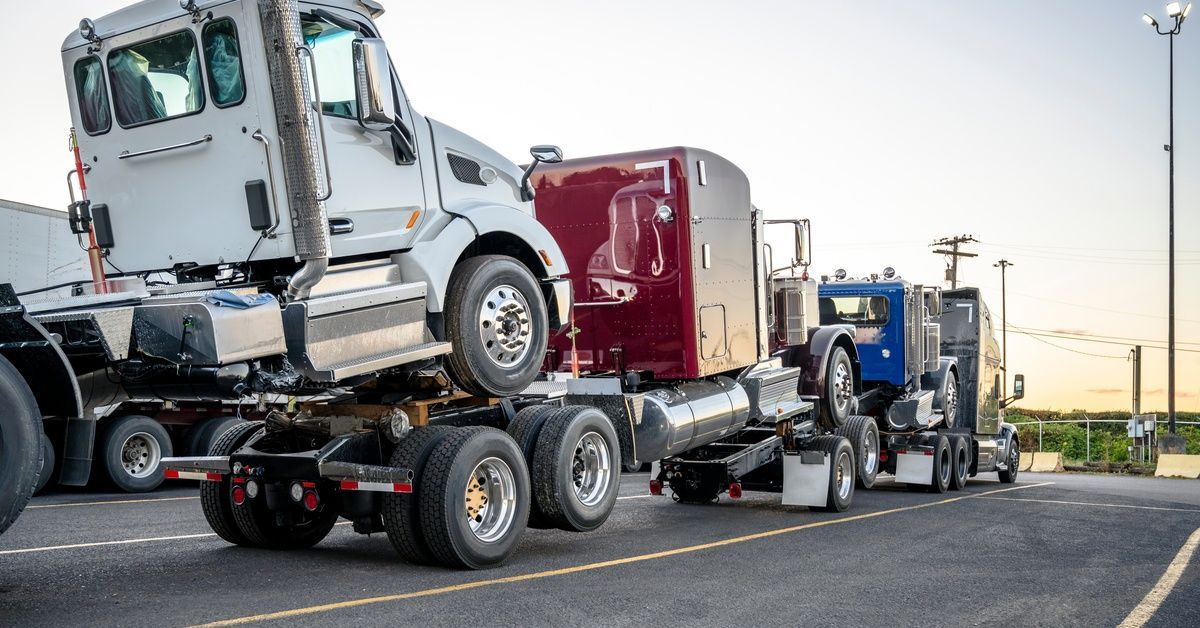
At a glance, shipping a semitruck might seem straightforward. You find a company, schedule a date, and hand over the keys. But the reality involves far more logistics, legal considerations, and prep work than most people expect. Unlike standard vehicle shipping, moving an 18-wheeler involves larger dimensions, greater weight, and more complex routing, making the process a logistical puzzle from start to finish.
If you’re reading this, you might be trying to ship a semitruck for the first time. Maybe you’ve purchased a used big rig across the country, or you’re relocating a fleet vehicle to a different terminal. Either way, you’re likely wondering what to expect and what hurdles might stand in the way.
The good news is that every challenge is solvable with the right information and planning. Below, we’ll walk through six difficulties with shipping a semitruck and how we prepare for each one in advance.
1. Understanding Vehicle Condition Requirements
Before anything can happen, a rig must meet specific requirements set by the transporter. Most shipping companies require the truck to be nonoperational. This ensures the engine doesn’t start unexpectedly during transport and simplifies securement protocols.
Moreover, fuel tanks need to be emptied down to a minimum level for long-haul or cross-state shipments. Transporters will also ask for the battery to be disconnected to prevent any chance of electrical issues during transit.
Exterior modifications like oversized mirrors, antennas, roof-mounted accessories, or exhaust stacks also need to be removed or adjusted to avoid height restrictions and prevent damage in transit. In short, the semitruck needs to be in a ready-to-move condition, not just in terms of function but of form.
2. Preparing the Truck for Loading
Getting an 18-wheeler onto a trailer isn’t as simple as driving it up a ramp. Depending on the truck’s configuration, weight class, and condition, specialized equipment may be necessary. That might mean tilt-deck trailers, detachable goosenecks, or cranes for nonoperational units.
It’s not a fast process, either. Loading time depends on the location, equipment size, and complexity of the setup. This includes not just positioning and securement, but also final inspections and any adjustments to straps, chains, or support structures.
Poor preparation or rushed loading can result in serious damage to the truck or the equipment that hauls it. In worst-case scenarios, a rig may be deemed unshippable at pickup if proper loading procedures can’t be followed safely. That can lead to delays, rescheduling, and additional costs.
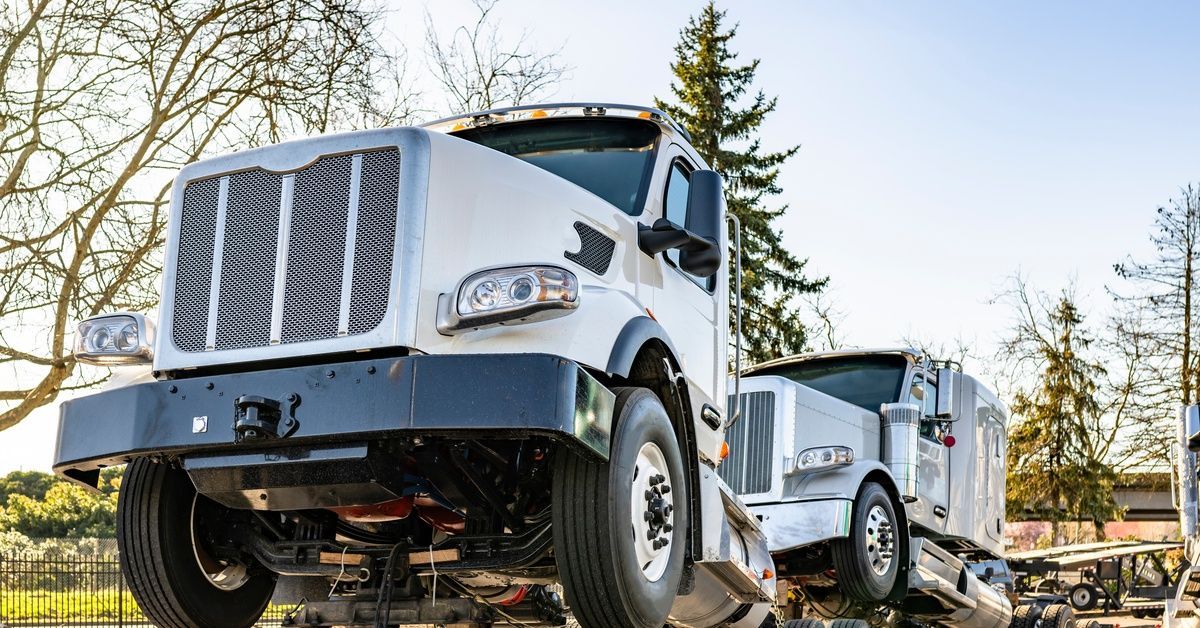
3: Navigating Permit Requirements
Every state has its own standards for what qualifies as an oversized load, and a semitruck will often meet or exceed those thresholds. Contingent on the length, height, and weight of the vehicle, your shipment may require oversize or overweight permits to move legally on public roads.
Permits aren’t formalities. Often, they require detailed information about the vehicle’s dimensions, axle spacing, and total weight. And in most cases, you can’t get them overnight. Oversize permit processing times vary, from a few hours for minor over-limits to several weeks for superloads requiring custom routing.
Missing or incorrect permits can cause delays. A transportation service may have to reschedule the shipment or take an alternate route, sometimes adding hundreds of miles to the trip. In rare cases, enforcement officers can detain the vehicle mid-transit if paperwork isn’t in order.
4. Planning the Route
Unfortunately, shipping a rig from point A to point B isn’t as easy as plugging the destination into a GPS. Oversized vehicles can’t legally travel on every road, and route planning requires a close review of restrictions across city, county, and state lines. Some streets may prohibit oversized loads entirely, while others pose issues related to bridge clearances, sharp turns, or weight-limited zones.
In many cases, haulers must submit routing plans in advance for state approval, particularly if the shipment involves superloads or multistate travel. This may include mapping alternate routes around construction zones, avoiding areas with restricted travel hours, or planning detours to avoid overpass obstructions.
Route planning adds a significant layer of complexity and is the most time-consuming part of coordinating a semitruck shipment.

5. Coordinating Pickup and Delivery Sites
Even when all the permits are in place and the truck is ready to go, pickup and drop-off locations present their own challenges. Semitruck haulers are large—often between 70 and 80 feet in total length—and can’t safely navigate residential neighborhoods, narrow driveways, or tight city grids.
Because of these constraints, it’s common for customers to arrange pickups and deliveries at nearby truck stops, terminals, or commercial lots that are accessible for heavy haulers. Of course, this adds an extra step to the process, as customers need to move the truck to and from those designated sites by driving it or arranging local towing.
In urban environments, truck-friendly areas can pose scheduling difficulties. Local ordinances might limit delivery times, require temporary road closures, or involve traffic coordination with local authorities. That means careful timing and planning are key to a smooth handoff.
6. Avoiding Mid-Shipment Delays
A well-planned shipment can still hit speed bumps mid-transit. Delays happen for a range of reasons—some predictable, others entirely out of one’s control. Severe weather, mechanical issues, or traffic accidents can all result in a longer transit time than initially expected.
Additionally, weigh stations and Department of Transportation (DOT) inspections can temporarily halt the transport. A surprise reroute due to roadwork or a closed bridge can also add hours—or even days—to the journey. For longer shipments, it’s not uncommon for delivery to be delayed by 24 to 72 hours, depending on the route and region.
Again, this is why experienced logistics planning is so important. A team that knows how to build in buffers, manage driver schedules, and adapt to live updates can reduce the risk of prolonged disruption.
One Team. One Solution.
By now, it’s easy to see that there are more than a few moving parts involved in this process. These six difficulties with shipping a semitruck aren’t problems you want to tackle piecemeal or with a provider unfamiliar with the terrain.
Because shipping a semitruck shares so many characteristics with heavy equipment logistics, it’s not a process to leave to a general auto transporter. You need a team that understands the regulatory landscape and the practical requirements of moving something this large and valuable across city streets, highways, and state lines.
At One Call Logistics, we’ve spent years coordinating heavy-duty transport across the United States. Call us today to learn how our team can simplify your next truck shipment. Whether you’re relocating a single vehicle or moving multiple rigs, we’re ready to help.


